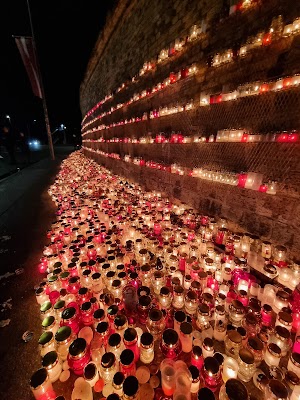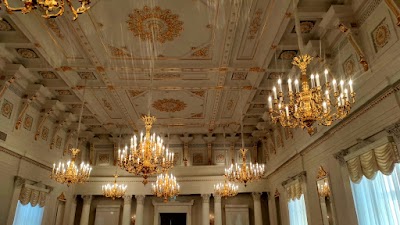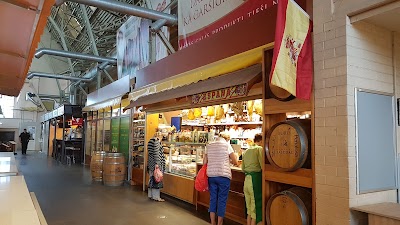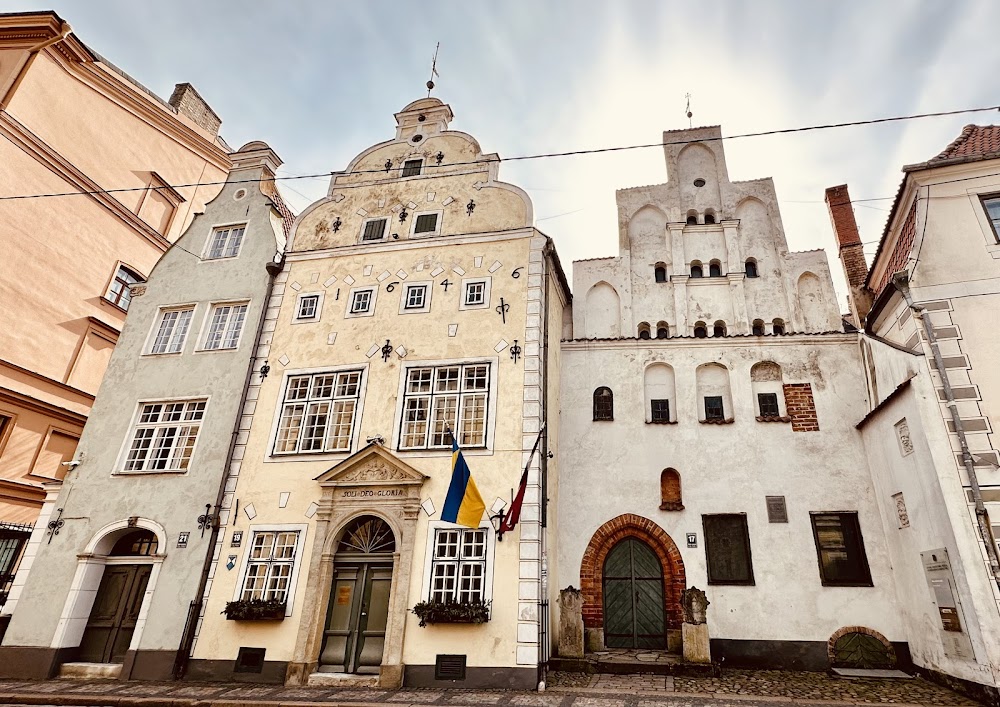Riga Castle (Rīgas Pils)
Overview
Riga Castle: A Historical Gem on the Daugava River
Riga Castle, majestically situated on the banks of the Daugava River in the heart of Riga, Latvia, is a historic fortress that embodies the city’s rich and tumultuous past. This iconic castle has withstood the test of time, witnessing the ebbs and flows of Baltic history. Today, it serves as both a cultural landmark and the official residence of the President of Latvia.
The Origins and Architectural Evolution
Constructed in 1330 by the Livonian Order, a branch of the Teutonic Knights, Riga Castle was originally intended as a stronghold to cement the Order’s control over the region. Over the centuries, it has undergone numerous reconstructions due to conflicts, occupations, and the evolving needs of its occupants. The castle's diverse architectural styles—ranging from Gothic to Classical—reflect the dynamic periods of construction and reconstruction. One of its most striking features is the six towers, each offering a glimpse into different eras of architectural design.
A Tumultuous History
Riga Castle’s history is deeply intertwined with the political and social upheavals of the region. In the 16th century, it became a focal point during the Livonian Wars, changing hands multiple times among local powers and foreign invaders. The castle came under the control of King Gustavus Adolphus of Sweden in 1621 after the Polish-Swedish War, marking the start of a significant Swedish period in Riga. Later, it served as the residence for the governors of Riga during the Russian Empire.
A remarkable chapter in the castle’s history unfolded in the early 20th century when Latvia declared independence in 1918. After centuries of warfare and political changes, Riga Castle transformed into a symbol of the newly autonomous Latvian state. Following the Soviet occupation during and after World War II, it once again became central to Latvian politics in 1991 when Latvia regained its independence from the Soviet Union. Since 1995, it has proudly served as the official residence of the President of Latvia.
Exploring the Castle's Rich Offerings
Visitors to Riga Castle can explore several historically significant rooms and exhibitions. The castle houses the Latvian History Museum and the Museum of Foreign Art, allowing tourists to delve into Latvia’s past through extensive collections of artifacts and artworks. The Knight's Hall, a reminder of the castle’s medieval origins, is adorned with intricate details that transport visitors back to the 14th century.
One particularly fascinating feature is the White Hall, constructed in the 1860s. Its elegance and grandeur contrast sharply with the more austere medieval sections, showcasing the castle's evolution through different periods. The White Hall frequently hosts official events and receptions, making it a space where history and modern statecraft beautifully intersect.
Architectural Highlights and Scenic Views
For architecture enthusiasts, a visit to the castle’s towers is essential. The Tower of the Holy Ghost, one of the original towers, offers panoramic views of Riga’s old town and the riverside, allowing visitors to witness how the city has grown around this ancient structure. Additionally, the Powder Tower, another significant part of the castle, now houses the Latvian War Museum, providing insights into Latvia’s military history.
Riga Castle’s picturesque location on the Daugava River enhances its allure. The surrounding area is ideal for leisurely walks, with the vibrant architecture of Riga’s old town just moments away. The castle gardens create a serene spot for contemplation, seamlessly blending natural beauty with historical ambiance.
Planning Your Visit
For those planning a trip, Riga Castle is easily accessible and located near many of the city’s main attractions, making it a convenient stop on any tourism itinerary. Guided tours are available, offering deeper insights into the castle’s storied past and its current role in Latvian governance.
In conclusion, Riga Castle is not just a historical monument; it is a living testament to the resilience and cultural richness of Latvia. Its walls have witnessed the rise and fall of empires, the birth of a nation, and continue to stand as a symbol of Latvian identity. A visit to Riga Castle is a captivating journey through time, providing a unique opportunity to experience the layers of history that have shaped this Baltic nation.
Whether you are a history buff, an architecture enthusiast, or simply a curious traveler, Riga Castle promises a rewarding and enlightening experience.






